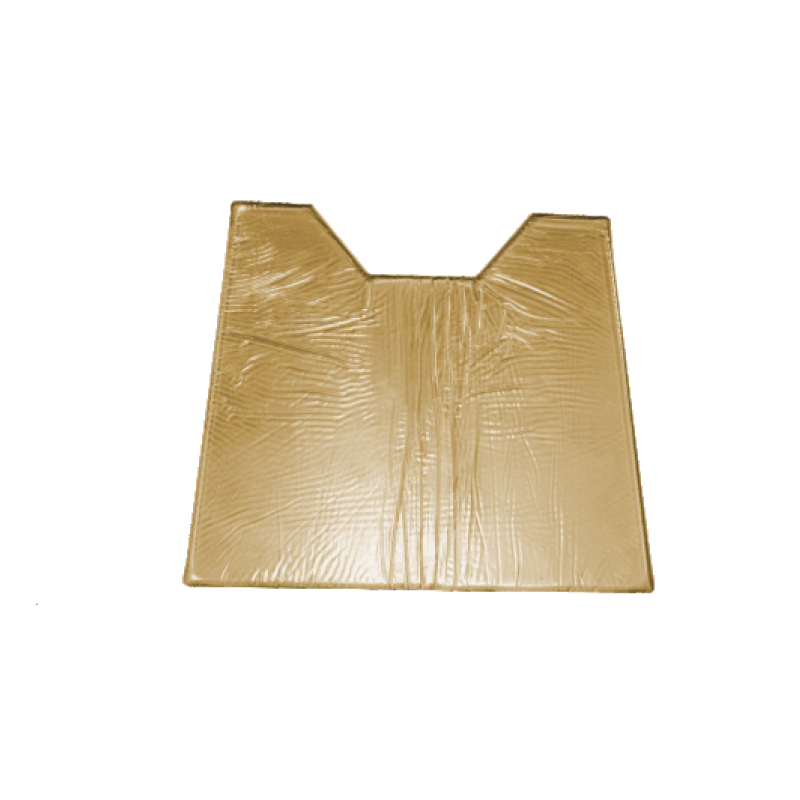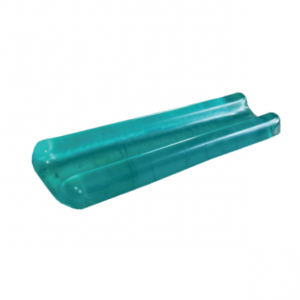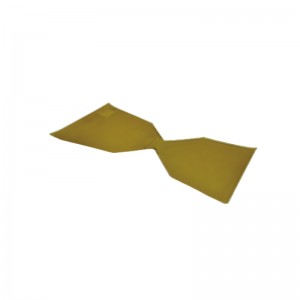
Table pad with cutout ORP-CO
Table pad with cutout
Model: ORP-CO
Function
1.Placed on operation table to protect patient from pressure sores and nerve damage. Distribute the patient's weight on the entire surface
2.With perinial cutout. Two models are used for torso section (ORP-CO-02) and foot section (ORP-CO-01)
3.Suitable for surgery in different positions
4.Soft, comfortable and versatile
5.Ensure patient comfort by insulating them from cold, hard table surfaces
| Model | Dimension | Weight |
| ORP-CO-01 | 52.5 x 52.5 x 1cm | 3.21kg |
| ORP-CO-02 | 105 x 51 x 1.3cm | 7.33kg |




Product parameters
Product Name: Positioner
Material: PU Gel
Definition: It is a medical device which is used in an operating room to protect patient from pressure sores during surgery.
Model: Different positioners are used for different surgical positions
Color: Yellow, blue, green. Other colors and sizes can be customized
Product characteristics: Gel is a kind of high molecular material, with good softness, support, shock absorption and compression resistance, good compatibility with human tissues, X-ray transmission, insulation, non-conductive, easy to clean, convenient to disinfect, and does not support bacterial growth.
Function: Avoid pressure ulcer caused by long operation time
Product characteristics
1. The insulation is non-conductive, easy to clean and disinfect. It does not support bacterial growth and has good temperature resistance. The resistance temperature ranges from -10 ℃ to +50 ℃
2. It provides patients with good, comfortable and stable body position fixation. It maximizes the exposure of the surgical field, reduce the operation time, maximize the dispersion of pressure, and reduce the occurrence of pressure ulcer and nerve damage.
Cautions
1. Do not wash the product. If the surface is dirty, wipe the surface with a wet towel. It can also be cleaned with neutral cleaning spray for better effect.
2. After using the product, please clean the surface of the positioners on time to remove dirt, sweat, urine, etc. The fabric can be stored in a dry place after drying in a cool place. After storage, do not put heavy objects on top of the product.
Positioning information for nurses
Operating room nurses are responsible for maintaining a sterile environment in the operating room, monitoring the patient during surgery, and coordinating care throughout the process. We are also responsible for making sure the operating room team provides the patient with the best care possible. Positioning of the patient properly must be achieved to assure that the patient received the best care possible.
Once the patient is in the operating room, positioning should be addressed during the pre-incision surgical pause. The operating room nurse has already confirmed positioning with the preference card or computer charting, but the Physician may change his/her mind. The surgical pause is the perfect time to address any positioning needs or concerns with the entire intra-operative team. The patient is awake during this phase and may add important information that they may not have thought to address in the preoperation process. If any additional equipment for positioning is needed, pre induction of the patient is the optimal time to gather the equipment. Once the patient is induced, the surgical team begins positioning the patient for surgery.
Intra-operative positioning is the finely honed art of moving and securing human anatomy into place to ensure the best surgical site exposure with minimal compromise of the patient’s physiologic functions (eg, airway patency, gas exchange, lung excursion, circulation) and minimal mechanical stress on the patient’s joints.
Preparation for positioning
Before the patient is taken into the operating room, the circulating nurse should perform the following steps:
1.Review the proposed position by referring to the surgeon’s preference card in comparison with the daily printed scheduled procedure and notes in the computer charting if available.
2.Assess for any patient specific positioning needs.
3.Ask the surgeon for assistance if unsure how to position the patient.
4.Check the working parts of the operating room bed before bringing the patient into the room.
5.Assemble and test all table attachments and protective pads anticipated for the surgical procedure and have them immediately available at the bedside.
6.Review the plan of care for the unique special needs for the patient including items like implants.
7.Decide whether or not the patient would benefit from lifting equipment on the operating room bed








